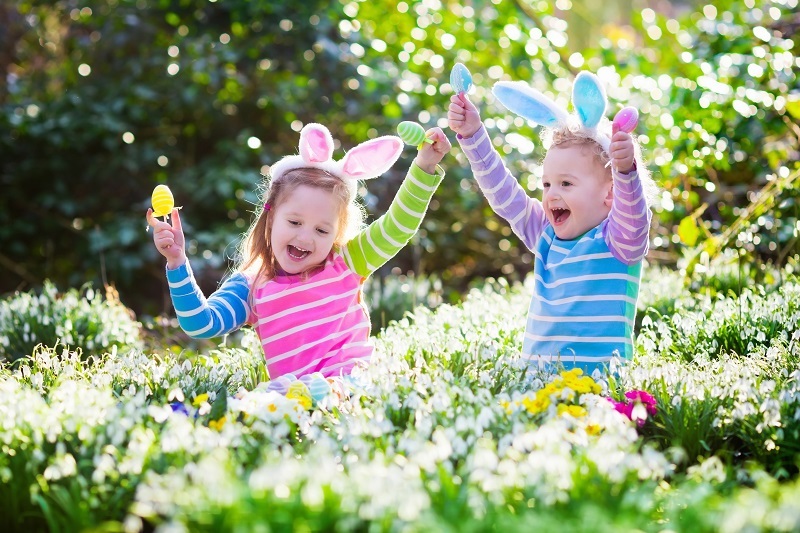Discover Carnation Wonders
Posted on 27/03/2025
Carnations, scientifically known as Dianthus caryophyllus, are among the world's most cherished flowers. Known for their ruffled petals and a vast array of colors, carnations carry historical significance, intriguing symbolism, and play significant roles in various cultural practices around the world.
The Origin and History of Carnations
Carnations are believed to have originated in the Mediterranean region, although their exact native range is somewhat ambiguous. The name "Dianthus" encompasses around 300 species, with the term derived from the Greek words for "divine" (dios) and "flower" (anthos). This aptly reflects the long-standing reverence these flowers have garnered over centuries.
The ancient Greeks and Romans frequently used carnations in their ceremonial crowns. The flower also holds considerable significance in Christianity; according to legend, carnations first sprang from the Virgin Mary's tears as she wept for Jesus during his crucifixion, explaining why pink carnations are often associated with a mother's undying love.

The Symbolism of Colors
Carnations come in a stunning range of colors, each bearing its own symbolism:
- Red Carnations: Represent deep love and affection. They are often given to convey sincere admiration and gratitude.
- White Carnations: Symbolize purity and good luck. They are commonly used in weddings and christenings.
- Pink Carnations: Denote a mother's love and are often used in Mother's Day arrangements.
- Yellow Carnations: Can signify disappointment or rejection, though they are also considered cheerful and high-spirited in certain contexts.
- Purple Carnations: Are associated with capriciousness and whimsicality.
These meanings can slightly vary by country and culture, adding an extra layer of intrigue to these blooms.
Horticultural Insights
Cultivating carnations can be a rewarding experience for both novice and experienced gardeners. Here are some key aspects to consider:
- Soil: Carnations thrive best in well-draining, fertile soil with a neutral to slightly alkaline pH.
- Light: They require plenty of sunlight, ideally about 4-6 hours per day.
- Watering: While carnations need adequate moisture, overwatering can lead to root rot. It's essential to water them efficiently but sparingly.
- Pruning: Regular deadheading (removal of spent flowers) encourages new growth and prolongs the blooming period.
With the correct care, carnations can be a stunning addition to any garden, offering not only beauty but also delightful fragrances.
Carnations in Culture and Tradition
Carnations hold a place of honor in many cultural and traditional contexts:
- Mother's Day: In the United States and Canada, carnations are the official flower for Mother's Day. Anna Jarvis, the founder of the holiday, chose white carnations as they were her mother's favorite flower, symbolizing a mother's pure love.
- Weddings: In countries like Korea, carnations are used during weddings as a symbol of love and commitment.
- Funeral Rites: In Europe, especially in France and Italy, carnations are often used in funeral arrangements to express condolences and respect.
Scientific Research and Environmental Contributions
Beyond their aesthetic appeal, carnations have also been at the center of various scientific studies. Their relatively simple genetic structure has made them a model organism for understanding flower pigmentation, fragrance production, and disease resistance.
Researchers have successfully employed genetic modification techniques to create blue carnations, a hue not found in their natural spectrum. This biotech innovation highlights the potential of carnations in advancing floral science.
Additionally, carnations contribute to environmental sustainability. As cut flowers, they tend to have a longer vase life compared to many other flowers, reducing the need for frequent replacements and cutting down on waste.
Commercial Significance
The commercial cultivation of carnations is a highly lucrative industry. Countries like Colombia, Kenya, and the Netherlands dominate global markets, exporting millions of stems annually. Carnations are favored in the floral industry due to their long vase life, diverse color range, and year-round availability.
Florists often use carnations in mixed bouquets, corsages, boutonnieres, and floral arrangements for various events including weddings, anniversaries, and corporate functions. The flower's durability and versatility make it a staple in floral commerce.
Innovations in Carnation Cultivation
Advancements in horticultural technology have led to significant improvements in carnation cultivation:
- Controlled Environment Agriculture (CEA): Utilizing greenhouses equipped with advanced climate control systems allows for year-round cultivation.
- Tissue Culture Techniques: These have enabled the mass production of disease-free, uniform plants.
- Integrated Pest Management (IPM): This sustainable approach minimizes the use of chemical pesticides by employing natural predators and biological controls.
These innovations not only enhance the quality and yield of carnation crops but also promote more sustainable farming practices.

The Enduring Popularity of Carnations
The enduring popularity of carnations can be attributed to their multifaceted appeal. They offer a harmonious blend of beauty, symbolism, and practicality. Whether celebrating love, ensuring good luck, or paying respects, carnations provide a perfect floral expression for a multitude of emotions and occasions.
Furthermore, their adaptability in various climates and ability to thrive with relatively low maintenance make carnations a beloved choice among gardeners worldwide.
Conclusion
Discovering the wonders of carnations opens up a world of floriculture teeming with history, significance, and endless beauty. From their ancient origins and rich symbolism to their vital role in the floral industry, carnations continue to captivate and inspire. As innovations in cultivation practices advance and environmental contributions become more recognized, the future looks as bright and promising as the carnations themselves.
Take a moment to appreciate the next carnation you encounter; behind its delicate petals lies a rich tapestry of history, culture, and scientific marvel that truly embodies the essence of a "divine flower."


